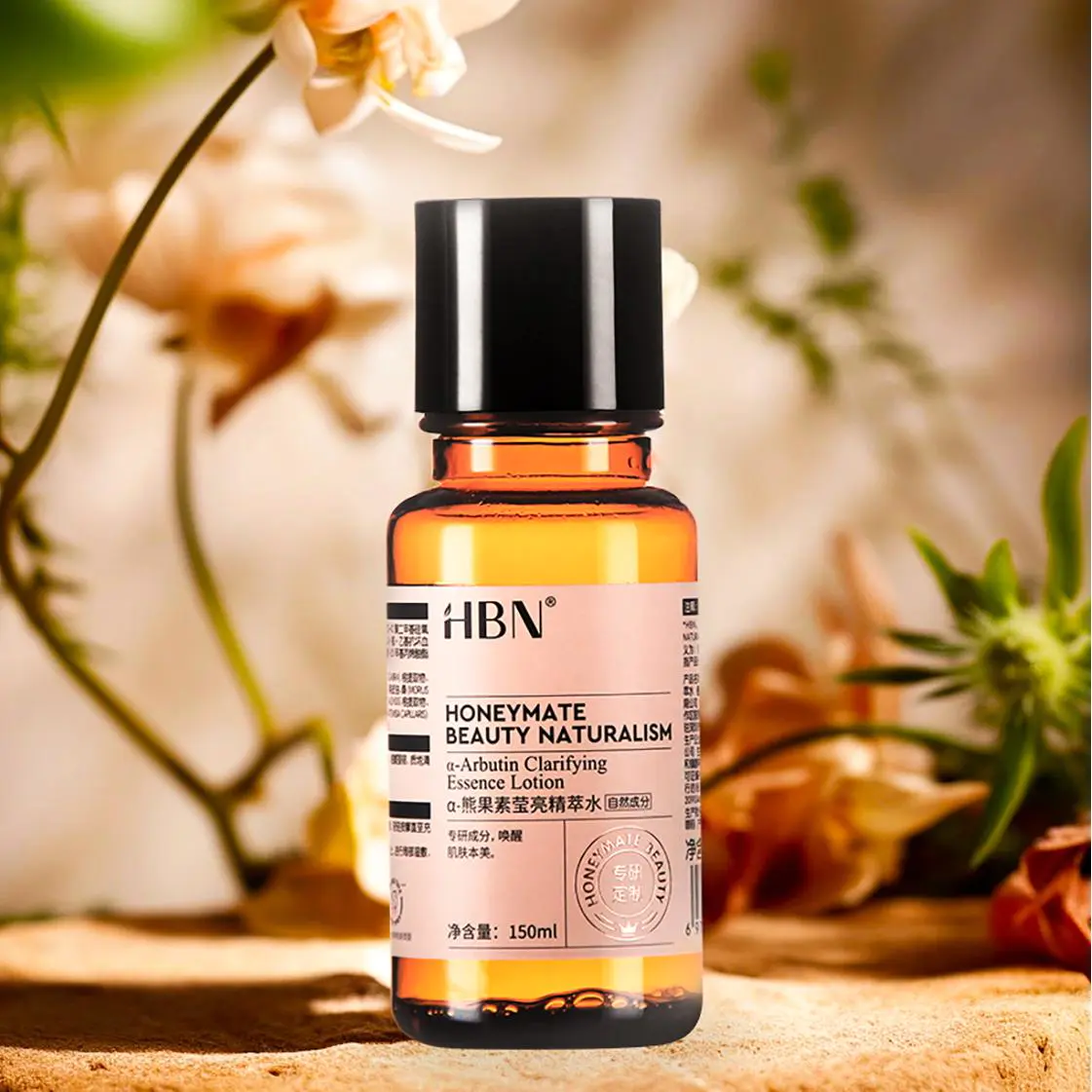What Are Food Essences and How Are They Used?
2025-07-28
Food essences are highly concentrated flavor extracts. They capture the pure, aromatic profile of fruits, herbs, spices, and other natural ingredients. Unlike food coloring or synthetic flavorings, food essences aim to recreate authentic taste with just a few drops.
These essences are typically oil-soluble or water-soluble, depending on their origin and intended use. They’re widely used across industries, from home kitchens to commercial food production.
Common Types of Food Essences
Popular food essences include vanilla, almond, lemon, rose, mint, and orange. More complex varieties like butter rum, hazelnut, or cardamom essence are also growing in popularity. Each essence provides intense flavor without altering texture or appearance.

Uses in Food and Beverages
- Baking: Add a few drops to cake batters, cookie doughs, or icing to elevate flavor.
- Beverages: Enhance cocktails, smoothies, or teas with natural notes.
- Confectionery: Used in candies, chocolates, and chewing gums for lasting flavor.
- Dairy Products: Improve yogurts, ice creams, and flavored milks.
- Savory Cooking: Some essences like garlic or truffle essence are used in sauces and marinades.
Benefits of Using Food Essences
Essences offer consistency, convenience, and longevity. A small amount goes a long way. They’re ideal for controlled flavoring without adding moisture or texture, making them a favorite in precise formulations.
Final Thought
Food essences unlock a world of flavor with simplicity. Whether you’re a chef, baker, or flavor developer, understanding how to use food essences can enrich both your recipes and your creativity.
Next:











